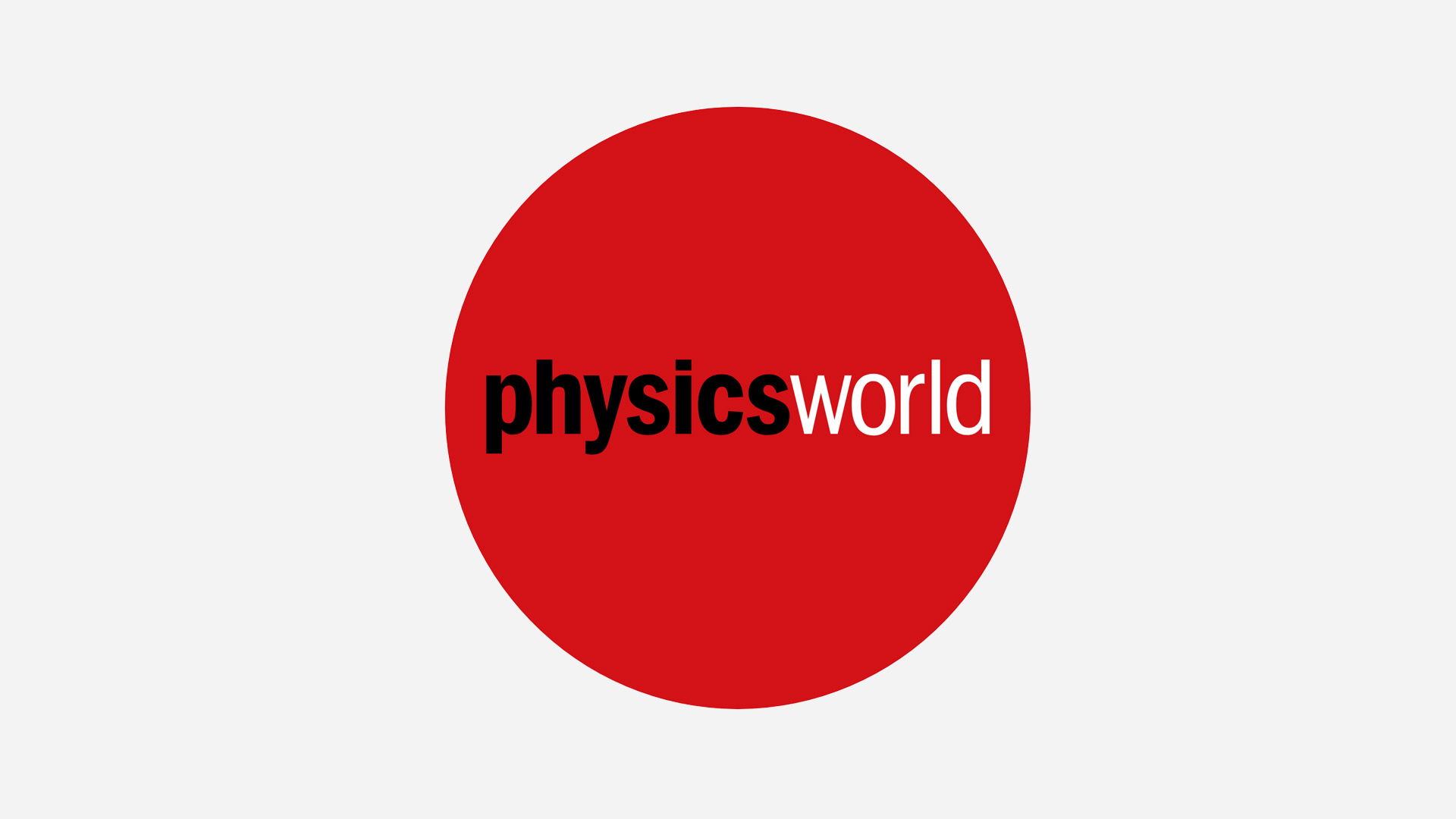Author
Array
(
[0] => linkedin
[1] => facebook
[2] => twitter
[3] => google-plus
[4] => youtube
)
Array
(
[0] => linkedin
[1] => facebook
[2] => twitter
[3] => google-plus
[4] => youtube
)
Array
(
[0] => linkedin
[1] => facebook
[2] => twitter
[3] => google-plus
[4] => youtube
)
Array
(
[0] => linkedin
[1] => facebook
[2] => twitter
[3] => google-plus
[4] => youtube
)
Array
(
[0] => linkedin
[1] => facebook
[2] => twitter
[3] => google-plus
[4] => youtube
)
No Author
Author archive

Although they are only 5nm long, each complex can generate 1 V in picoseconds, making them suitable for ultrafast switching, logic devices, and solar-power generation. The work was presented this week at the American Physical Society’s centennial meeting in Atlanta, Georgia.

Both the French-Italian gravity-wave interferometer, called VIRGO, and the LIGO interferometers in the US are designed to detect very weak gravity waves by using lasers to monitor test masses placed at the ends of the arms of the interferometer. The arms in VIRGO are 3 km long, while those in LIGO are 4 km long. […]
 Read article: Matter makes waves
Read article: Matter makes waves
Phillips and his colleagues produced a focused directional output from the Bose-Einstein condensate by firing two laser beams into the condensate. One beam adds energy to the atoms, while the second stimulates them to emit photons and drop down to a lower energy state. As the photons of the second laser beam have slightly less […]

Murray and Holman ran numerical simulations of the planets positions over a 200 million year period using their new technique. They discovered that although the outer planets appear in stable orbits, over longer time scales their classical ‘predicted’ orbit diverges from the simulations due to chaotic effects. One resonance is caused by interactions between Jupiter, […]

The National Science Foundation report also discovered that the US, Russia and Japan have the lowest number of patents awarded to foreign inventors. In all the other countries surveyed, over two-thirds of each countries patents went to foreign inventors. One reason for the low number of foreign-held Japanese patents is the high cost of translating […]

Richard Canfield and David McKenzie from Montana State University in the US, and Hugh Hudson from the Solar Physics Research Corporation in Japan, analysed two years worth of images from the X-ray satellite Yohkoh. In addition to the link between sigmoids and solar flares, they also confirmed that there was a link between solar flares […]

Tai Chang Chiang and co-workers at Urbana confined electrons in thin films of silver ranging from 1 monolayer to around 100 monolayers thick. Just as photons resonate back and forth in an optical Fabry-Perot interferometer, the Urbana team showed that electrons bounced back and forth from the two surfaces of the silver film. They used […]

Last Monday Fermilab issued a press release titled “Fermilab physicists find new matter-antimatter asymmetry”. On Thursday CERN replied with a statement which read: “The CERN physics community offers its congratulations to their colleagues from the KTeV experiment at Fermilab for their exciting new data on the observation of direct CP violation in neutral kaon decays […]

Witherell received his PhD from the University of Wisconsin in 1973 and became an assistant professor at Princeton University in 1975. He moved to Santa Barbara in 1981 and in 1990 won the American Physical Society’s Panofsky Prize for experiments on charm quarks at Fermilab. Witherell has also been chair of the Department of Energy’s […]

“Heisenberg is an intelligent man, but a typical German (that is to say a Tacitus).” So wrote Albert Einstein to his Swiss confidant Carl Seelig, in January 1953. Although the quotation does not appear in this book by the American historian Paul Rose, everything else that one could possibly say against Werner Heisenberg and his […]
Copyright © 2025 by IOP Publishing Ltd and individual contributors

